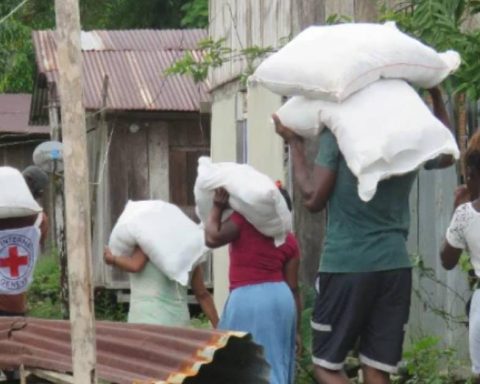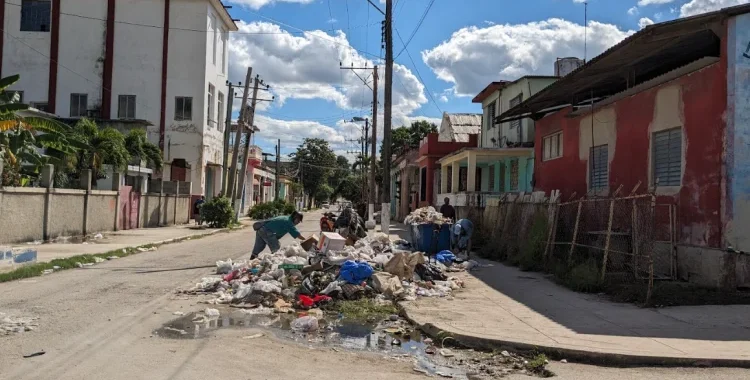He credit deterioration has shown a slight recovery, especially in the Consumption and microcredit modalitiesalthough it still remains high compared to the average of recent years and households have slightly reduced their financial burden, according to their income.
This is what he considered Bank of the Republic in the quarterly update of the Financial Stability Report in which he evaluated the evolution of the vulnerabilities and main risks facing the financial system in recent months.
(You may be interested in: How inflation in August behaved in the country’s regions).
In the report, the Colombian central bank warns that “Recently, a recomposition of risk towards the housing and commercial modalities has been observed.”.
On the other hand, when analyzing the growth of the risky portfolio, that is, the one that has a rating different from the one first category (A) The report says that housing is seen to be making a significant contribution to recent dynamics and commercial activity began to make a positive contribution for the first time since the end of 2021.
(You can read: The direction that the dollar will take in the coming months, according to analysts).
Homes
Furthermore, the report states that the above coincides with what was analyzed in the Latest Financial Stability Reportwhich identified that the low levels of activity recorded in recent years in the housing market and the lower level of investment in the economy could affect the growth of companies.
(You may be interested in: Remittances are not leaving the same amount of money in Colombia as in 2023).
Additionally, in the June 2024 Credit Situation Reporta significant percentage of intermediaries reported having more restrictive granting conditions for these modalities, which, together with the prospective dynamics of the risky portfolio, would indicate that credit institutions have anticipated possible deteriorations.
On the indebtedness of the homesit is noted that these “have seen recent reductions in their debt-to-income ratio, continuing the downward trend seen since 2022”.

Homes.
Thus, consistent with the low growth of consumer and housing loans, household leverage indicators continued to decline, reaching levels not seen since 2015. “Despite the above, the financial burden of households that accessed new credits, defined as the percentage of disposable income allocated to the payment of financial obligations, remains slightly above its historical average.“,” the report says.
HOLMAN RODRIGUEZ MARTINEZ
Portfolio Journalist

















